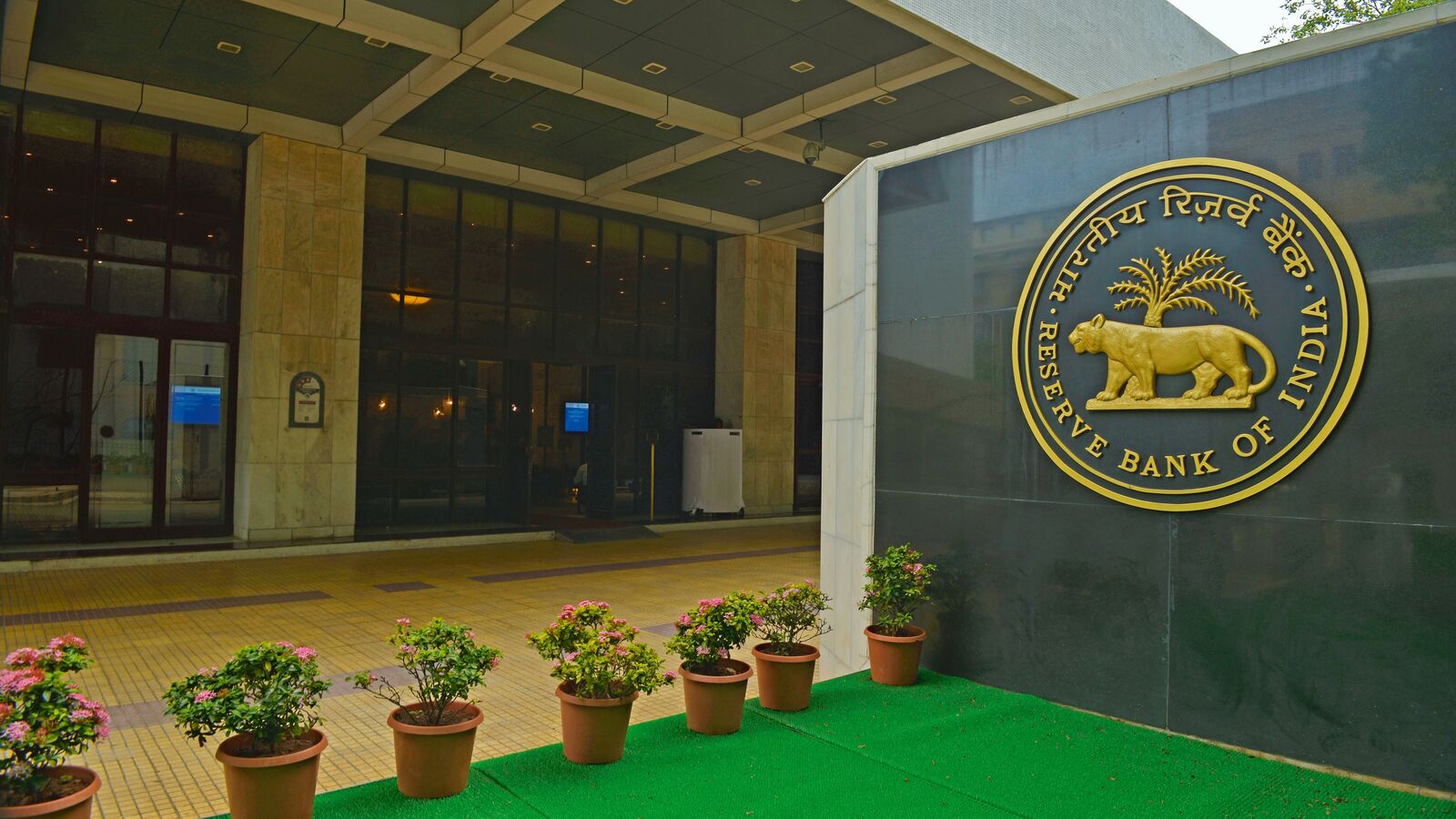The scheme, launched in November 2021, covers commercial banks, regional rural banks, primary (urban) cooperative banks, non-banking financial companies (NBFCs) that are authorized to accept deposits or have assets of more than ₹100 crore, payment system participants, and credit information companies.
The report provided an insight into the activities of the 24 offices of the RBI Ombudsman (ORBIOs), Centralized Receipt and Processing Centre (CRPC), and the contact centre during 2023-24.
Mint examines the report’s findings, including the nature of complaints, against whom they were filed, and the regulator’s measures to strengthen grievance redressal mechanisms.
How many complaints were filed in 2023-24?
A total of 934,355 complaints were received in 2023-24, an on-year increase of 32.8%. Of these, 293,924 or 31.5%, were received by the ORBIOs, whereas 640,431 or 68.5%, were received by the CRPC. Another 719,694 calls were received at the contact centre.
What were the types of complaints?
Of the total complaints, 82.3% were against banks, and 14.5% were against NBFCs. Among the banks, state-run lenders were named in 38.3% and private players in 34.4% of the grievances.
The top five categories—loans and advances, mobile/electronic banking, deposit accounts, credit cards and ATM/debit cards—accounted for 87.2%. All five categories but one witnessed on-year increases in complaints. ATM and debit cards saw a decline. Loans and advances, at 29%, involved the most complaints.
How were the complaints made?
The ORBIOs received complaints either through the complaint management system (CMS) portal or via the CRPC. Complaints from the CMS portal were auto-allocated to the ORBIOs, while the CRPC, after preliminary scrutiny, assigned the actionable complaints received through letters, emails, and the Centralized Public Grievance Redress and Monitoring System (CPGRAMS), the government portal for receipt and monitoring of complaints from the public.
In 2023-24, 88.8% of the complaints were lodged digitally using the CMS portal, email or the CPGRAMS portal, as compared to 85.6% a year ago.
From where were these complaints filed?
The majority of the complaints (46.5%) at ORBIOs were received from metropolitan centres, followed by urban (25.1%), semi-urban (18.1%), and rural areas (10.3%), with the share of complaints from metropolitan and urban centres increasing marginally.
The share of complaints from individuals was the highest at 87.3%, the same as in 2022-23. However, the number of complaints received from individuals (including senior citizens) increased 24.1% on-year to 256,527 in 2023-24.
How many complaints were resolved?
The ORBIOs disposed of 284,355 complaints, a disposal rate of 95.1%. Of these, 192,886, or 67.8%, were resolved as maintainable complaints, while the remaining were disposed of as non-maintainable complaints on certain grounds.
The data showed that 57.1% of maintainable complaints were resolved through mutual settlement, conciliation, or mediation, 40.8% were rejected because of the absence of any service deficiency, the complainants withdrew 2.1%, and 23 complaints were disposed of by passing awards.
How many resolutions were appealed?
According to the report, the Appellate Authority received 82 appeals against the ombudsman’s decisions, of which 72 came from the complainants and 10 from regulated entities. A total of 106 appeals, including 2022-23’s pending cases, were disposed of during 2023-24.
What is the RBI planning to improve complaint redressal?
The RBI is working to improve the complaint management system to enhance consumer protection and improve grievance redressal mechanisms. It is also working to develop a consumer protection assessment matrix for regulated entities (Utkarsh 2.0), strengthen the internal grievance redressal framework to encourage banks to take proactive measures, conduct surveys to assess the reasons for the low level of complaints in rural and semi-urban areas as well as states with relatively lower number of complaints, and review and roll out reoriented Nationwide Intensive Awareness Programme.
The RBI introduced the framework for strengthening of grievance redressal mechanism in banks in January 2021, comprising enhanced disclosure requirements on complaints, recovery of cost of redressal of complaints from outlier banks, intensive review of banks’ internal grievance redressal mechanism and supervisory actions against banks having persistent issues in their grievance redressal mechanism.
In 2023-24, ₹7.05 crore were recovered from 33 banks.
loans and advances,RBI ombudsman,customer complaints against banks,grievance redressal in banks,mobile and electronic banking,deposit accounts,credit cards,ATM cards,debit cards,RBI,Banking regulator,Integrated Ombudsman Scheme
#Mint #explainer #complained #RBI #banks #nonbank #lenders



